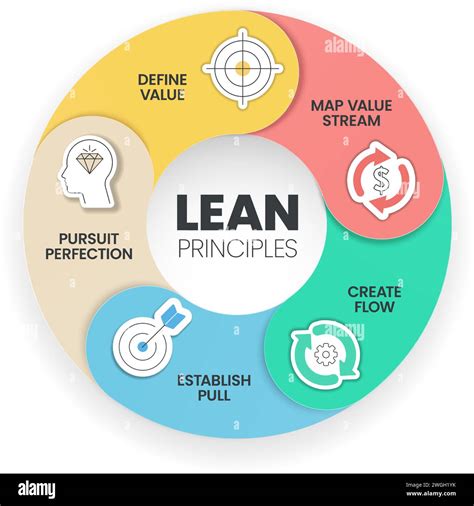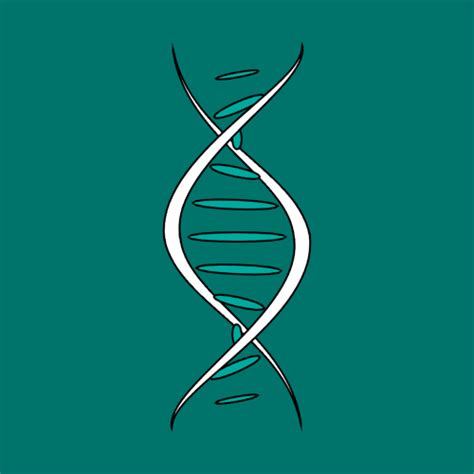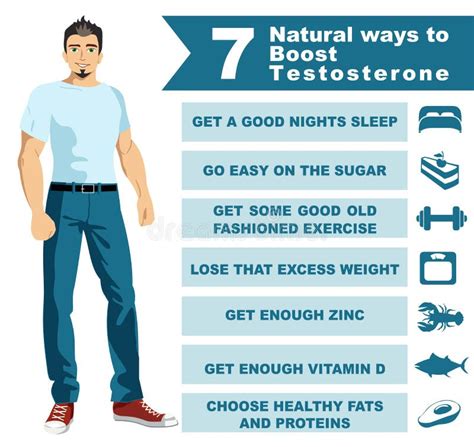The Dual Challenge: Shedding Fat & Saving Muscle
For many men, the quest for a lean physique involves a frustrating paradox: how to get rid of stubborn belly fat without sacrificing the muscle mass they’ve worked so hard to build. It’s a common dilemma, but with a strategic approach, it’s entirely achievable. The key lies in understanding the synergy between diet, exercise, and lifestyle factors that dictate body composition.
Achieving this dual goal efficiently means focusing on a sustainable calorie deficit, prioritizing protein intake, engaging in effective resistance training, and incorporating smart cardiovascular exercise, all while ensuring adequate recovery and managing stress. Let’s dive into the specifics.
The Cornerstone: A Controlled Calorie Deficit

To lose fat, you must consume fewer calories than your body burns – this is non-negotiable. However, the size of this deficit is crucial. A severe deficit can lead to muscle loss, while too small a deficit will slow fat loss. For men looking to maintain muscle, a moderate deficit of 300-500 calories below your maintenance level is generally recommended. This allows for consistent fat loss (typically 1-2 pounds per week) without putting muscle at significant risk.
How to Calculate Your Maintenance Calories:
You can use online calculators to estimate your Basal Metabolic Rate (BMR) and then multiply it by an activity factor to get your Total Daily Energy Expenditure (TDEE). This TDEE is your maintenance level. Subtracting 300-500 calories from this figure gives you your target intake for fat loss.
Prioritizing Protein for Muscle Preservation

When in a calorie deficit, your body looks for energy wherever it can find it. If protein intake is too low, muscle tissue can be broken down for fuel. High protein intake is critical for preserving muscle mass during fat loss, as it helps repair and rebuild muscle fibers, and it also has a higher thermic effect, meaning your body burns more calories digesting it.
Aim for 1.6 to 2.2 grams of protein per kilogram of body weight (or 0.7 to 1 gram per pound) daily. Distribute this protein intake evenly across your meals to maximize muscle protein synthesis. Good sources include lean meats, poultry, fish, eggs, dairy, and plant-based proteins like legumes and tofu.
Strength Training: Your Muscle’s Best Friend

Many men make the mistake of reducing or stopping weight training when trying to lose fat, thinking more cardio is the answer. This is counterproductive. Strength training signals to your body that your muscles are still needed, encouraging it to preserve them and primarily burn fat for energy during your deficit. It also helps increase your metabolism by building and maintaining metabolically active muscle tissue.
Focus on compound exercises (squats, deadlifts, bench presses, overhead presses, rows) that work multiple muscle groups simultaneously. Train 3-4 times per week, aiming for 3-4 sets of 6-12 repetitions per exercise. Maintain or even try to slightly increase your strength, especially early in your fat loss phase.
Strategic Cardio for Enhanced Fat Loss

While strength training is paramount for muscle preservation, strategic cardio can accelerate fat loss, particularly belly fat. There are two main types to consider:
- High-Intensity Interval Training (HIIT): Short bursts of intense exercise followed by brief recovery periods. HIIT is time-efficient and can boost your metabolism for hours after your workout (EPOC effect). Limit HIIT to 2-3 sessions per week to avoid overtraining.
- Low-Intensity Steady State (LISS): Activities like walking, jogging, or cycling at a moderate pace for a longer duration. LISS is excellent for burning calories without significantly impacting recovery from strength training. It can be done on off days or after strength sessions.
Integrate both forms based on your preferences and recovery capacity. Avoid excessive cardio, which can increase cortisol levels and potentially lead to muscle breakdown.
Lifestyle Factors: The Unsung Heroes

Diet and exercise are fundamental, but often overlooked lifestyle factors play a significant role in fat loss and muscle retention:
- Sleep: Aim for 7-9 hours of quality sleep per night. Poor sleep disrupts hormones (like ghrelin and leptin, which regulate appetite, and cortisol, which promotes belly fat storage), hindering fat loss and recovery.
- Stress Management: Chronic stress elevates cortisol, which can lead to increased abdominal fat. Incorporate stress-reducing activities like meditation, yoga, or hobbies into your routine.
- Hydration: Drink plenty of water throughout the day. It supports metabolism, helps with satiety, and is crucial for overall bodily functions.
- Nutrient Timing: While total daily intake is more important, consuming protein and some carbohydrates around your workouts can aid recovery and muscle repair.
Consistency and Patience are Paramount
Losing belly fat and maintaining muscle is a marathon, not a sprint. Consistency in your diet, training, and lifestyle habits is far more important than any single perfect workout or meal. Progress might be slow at times, but staying patient and committed to the process will yield the best long-term results. Regularly assess your progress, make small adjustments as needed, and celebrate your achievements along the way.




